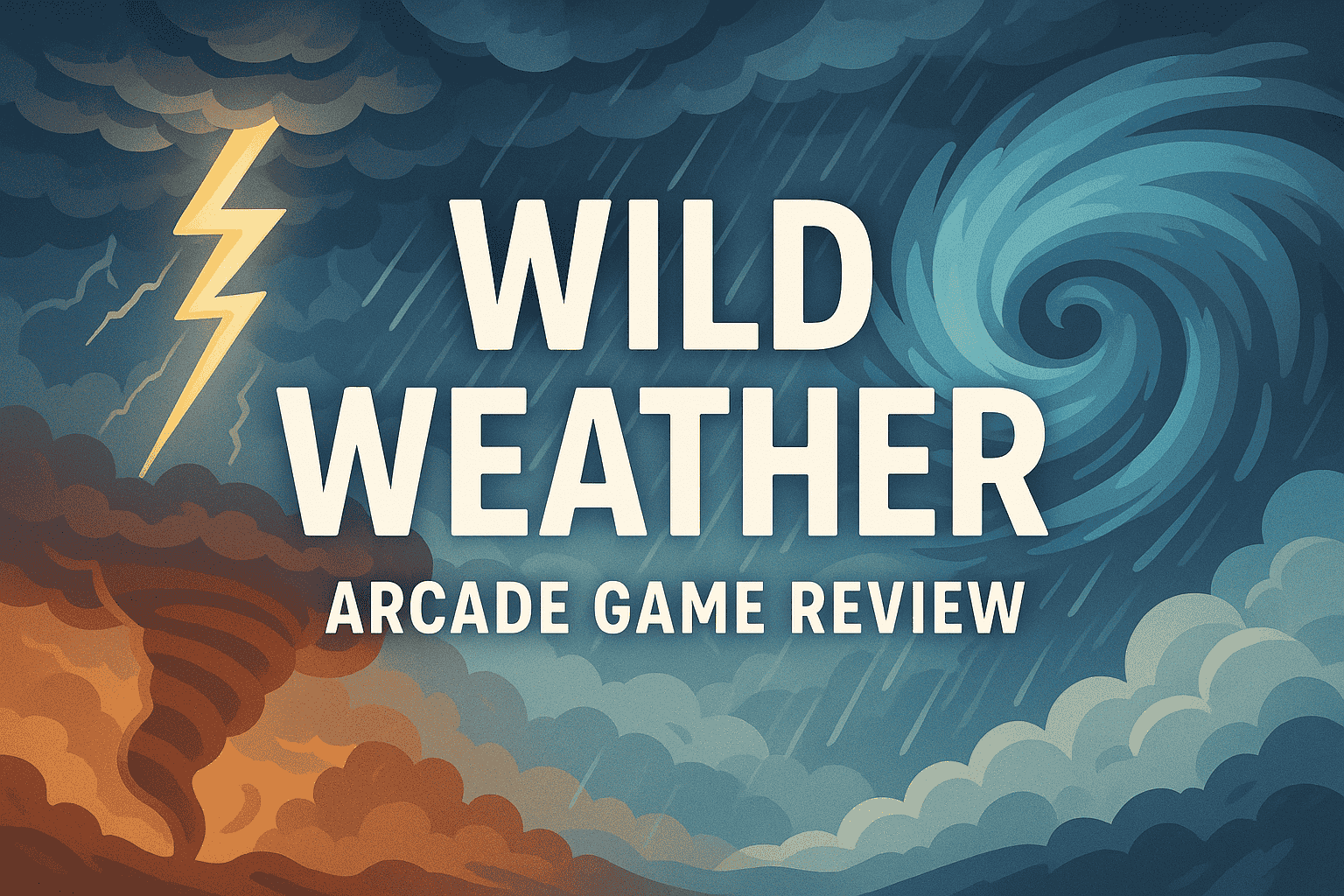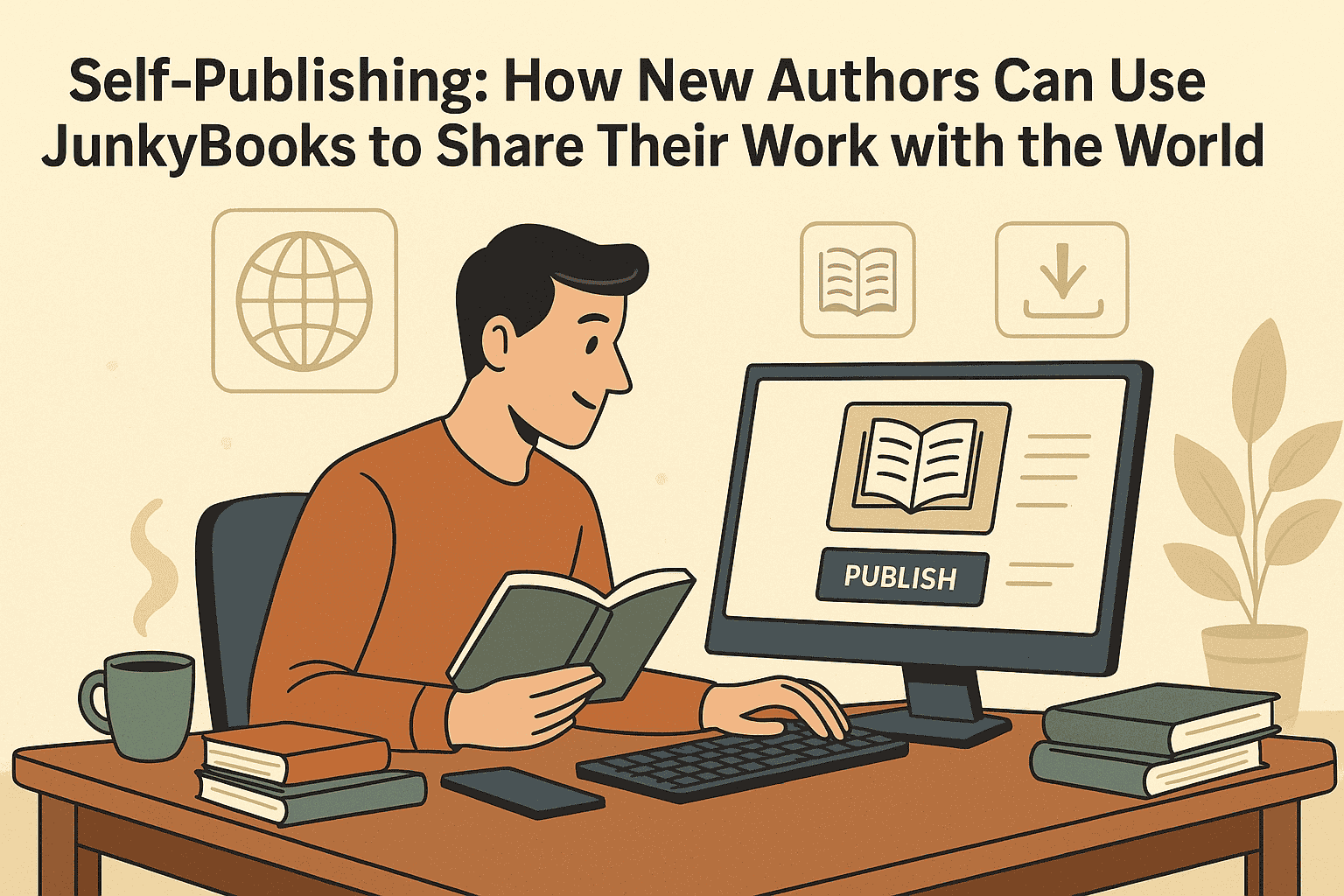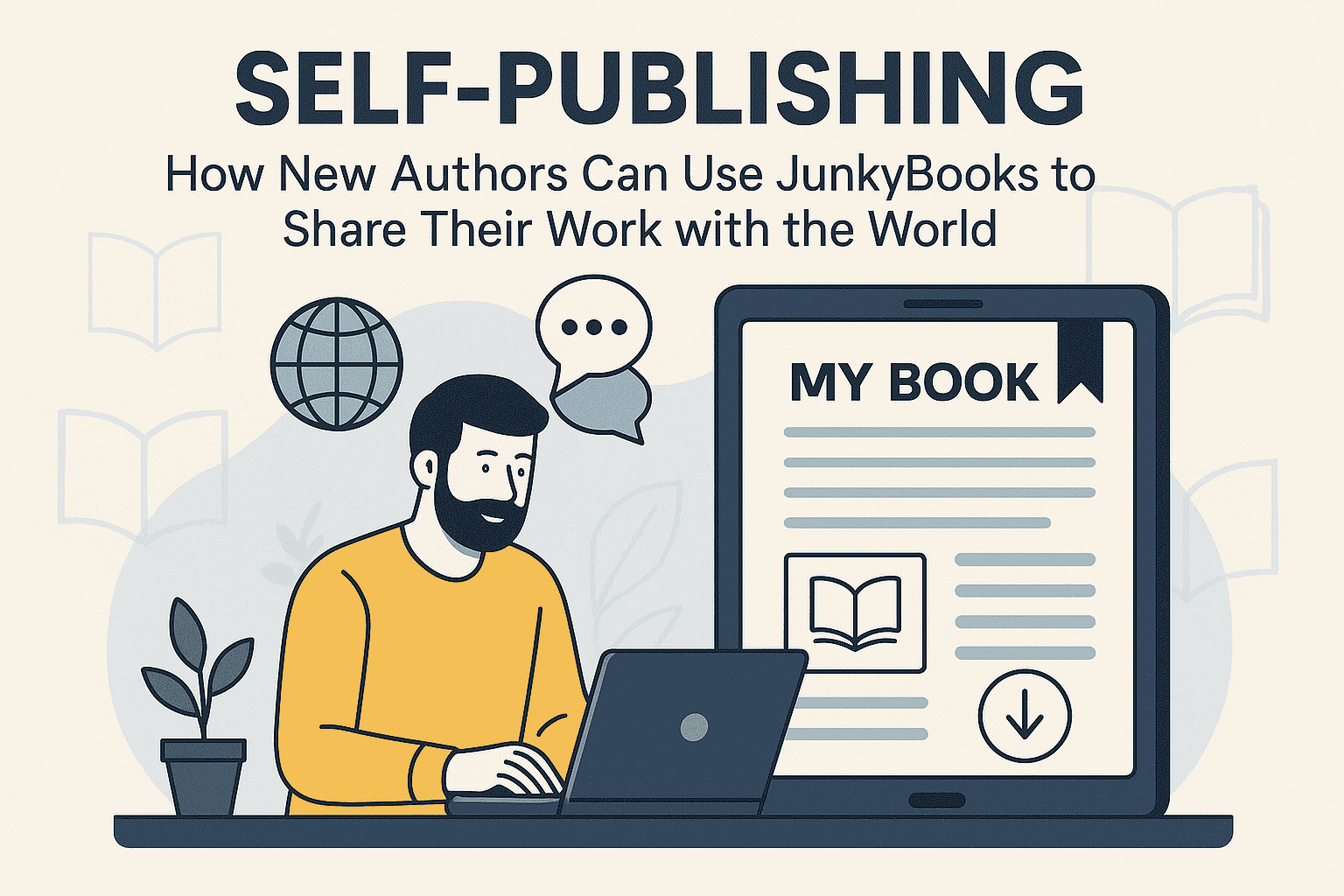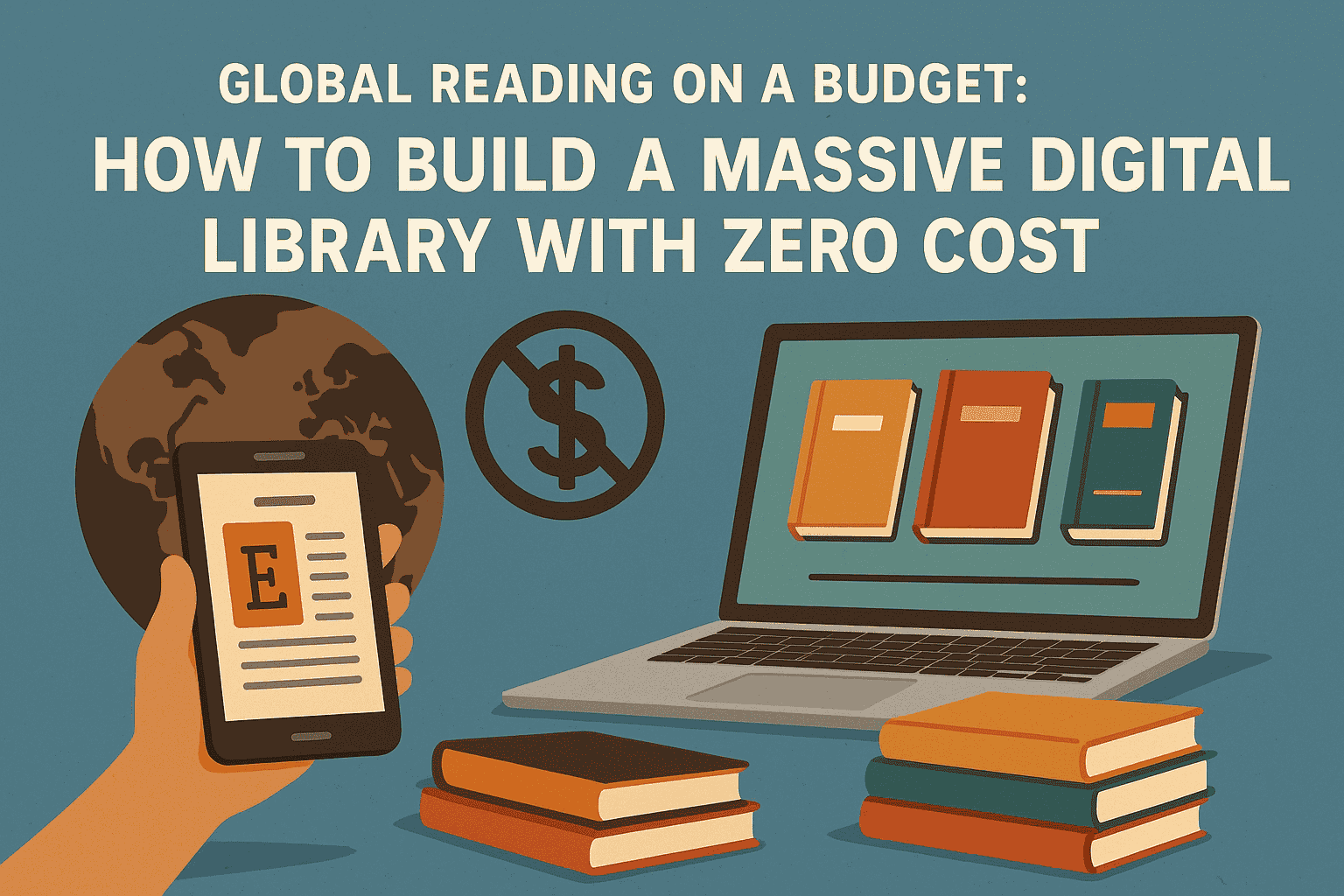Beyond the Office: How Novels Explore Work-Life Balance and Burnout
The modern workplace has evolved from factory floors and cubicles to virtual meetings and digital nomadism, but the tension between personal fulfillment and professional obligation remains a powerful theme in literature. Novels that explore work-life balance and burnout provide more than just entertaining stories—they offer insight into the emotional and psychological toll of modern labor, the fragility of identity shaped by career, and the universal quest for meaning beyond the job title.
In recent years, literary fiction has increasingly turned its attention to the burnout epidemic, portraying characters who struggle under pressure, lose themselves in corporate culture, or find ways to reclaim their humanity. These stories reflect the broader anxieties of our time: productivity obsession, the glorification of hustle, and the erosion of personal boundaries.
Let’s explore how different novels grapple with the complexities of work-life balance and the cost of burnout.
The Rise and Fall of the Overachiever
One recurring archetype in fiction is the high-performing professional whose life unravels as their job consumes them. These characters often start as role models—efficient, ambitious, and respected—until the demands of their career push them to a breaking point.
In The Partner Track by Helen Wan, Ingrid Yung is a successful attorney on the fast track to becoming the first Asian-American partner at her prestigious law firm. But the deeper she goes into firm culture, the more she’s forced to sacrifice her values and identity. The novel explores how high-achievers are often asked to compromise their mental health and personal boundaries in exchange for professional advancement.
Similarly, in The Man in the Gray Flannel Suit by Sloan Wilson, the protagonist Tom Rath juggles the pressure of a corporate job with the emotional wounds of war and a strained family life. First published in 1955, the novel still resonates today as a cautionary tale about the dangers of measuring a man’s worth solely by his professional success.
These stories reflect the silent suffering of many workers who internalize unrealistic expectations, only to find themselves emotionally depleted.
The Invisible Labor of Women
Novels about burnout frequently center on women—especially those attempting to balance demanding careers with caregiving roles. These narratives highlight the “second shift” of domestic labor and the psychological exhaustion of being everything to everyone.
In Such a Fun Age by Kiley Reid, Emira Tucker works as a babysitter for a wealthy white family while navigating unstable employment and systemic racism. The novel exposes how emotional labor, microaggressions, and class dynamics contribute to burnout, even in nontraditional work settings.
In The Ten-Year Nap by Meg Wolitzer, a group of highly educated women who left their careers to raise children wrestle with guilt, identity loss, and the haunting question of what could have been. Their internal struggles speak to the social pressures that define success narrowly through productivity, leaving little room for rest or reinvention.
These works add complexity to discussions around burnout, revealing how it intersects with gender roles, societal expectations, and invisible emotional workloads.
Corporate Absurdity and Satirical Burnout
Many authors use satire to depict the absurdity of modern office life and the surreal nature of burnout. These novels use humor and exaggeration to highlight how detached workplace cultures can become from human needs.
In Then We Came to the End by Joshua Ferris, office workers at an advertising agency await layoffs, all while continuing to perform mundane tasks and gossip about their colleagues. The novel captures the hollow rituals of the corporate world—pointless meetings, passive-aggressive emails, and forced team-building—underscoring how workers are often kept busy to avoid confronting their own dissatisfaction.
Similarly, Office Space, originally a short story by Mike Judge and adapted into a cult film, satirizes white-collar misery and management jargon. Its central character, Peter Gibbons, experiences an existential crisis that leads him to abandon the rat race entirely—a fantasy for many readers who feel trapped in unfulfilling jobs.
These satirical takes offer comic relief while delivering sharp critiques of how soul-crushing workplaces contribute to burnout and alienation.
Escape and Reinvention
Another common theme is the decision to walk away. Fictional characters who quit their jobs or change careers often experience burnout as a turning point—one that leads them toward personal transformation.
In Eat, Pray, Love by Elizabeth Gilbert (though a memoir, it reads like fiction), the narrator leaves behind a successful career and a failing marriage to travel the world. Her journey becomes a metaphor for spiritual and emotional healing, proving that burnout can be the beginning of something new rather than just an end.
In The Rosie Project by Graeme Simsion, Don Tillman is a genetics professor with a rigid schedule and limited social skills. His world is disrupted when he embarks on a quest for love that forces him to reassess his priorities. The novel doesn’t center on burnout per se, but it portrays how over-identification with one’s work can limit emotional growth and human connection.
These stories suggest that recovery from burnout is possible, especially when individuals are willing to redefine success on their own terms.
Burnout as a Societal Crisis
Burnout in fiction is rarely just personal—it often mirrors societal dysfunction. Novels that examine economic pressures, job insecurity, and cultural expectations offer broader critiques of the systems that enable and exacerbate burnout.
In Severance by Ling Ma, a deadly epidemic spreads while protagonist Candace Chen continues showing up to work in an eerily depopulated New York. The novel is part dystopia, part workplace satire, and part commentary on our inability to unplug, even in the face of collapse. Candace’s burnout is both literal and metaphorical—a symptom of a world addicted to routine, consumption, and productivity.
In Ottessa Moshfegh’s My Year of Rest and Relaxation, the narrator—a young woman living in New York—decides to sleep for an entire year to escape the overwhelming demands of life. Her apathy and self-destruction are extreme responses to the emptiness she feels, revealing how burnout can manifest as withdrawal and disconnection rather than just fatigue.
These novels argue that burnout is not a personal failure, but a systemic issue created by unrealistic standards and unrelenting pressures.
Finding Balance in Fiction
While many novels depict burnout as a crisis, others offer hopeful portrayals of balance—however imperfect. Characters who learn to prioritize joy, relationships, and self-care demonstrate that life beyond work is not only possible but essential.
In The Storied Life of A.J. Fikry by Gabrielle Zevin, the titular character runs a small bookstore and slowly rebuilds his life after personal tragedy. The novel celebrates community, literature, and second chances—suggesting that fulfillment often comes from simpler, more meaningful engagements.
In Anxious People by Fredrik Backman, a failed bank robbery leads to an unexpected hostage situation, during which each character reflects on their own struggles with stress, regret, and purpose. The novel gently nudges readers to reconsider what matters most, even amid chaos.
Fiction like this reminds us that balance is not about perfection—it’s about presence, intention, and the courage to rest.
Conclusion: Why These Stories Matter
Novels that explore work-life balance and burnout don’t just entertain—they validate the emotional experience of millions who feel overwhelmed, undervalued, or exhausted. These narratives give voice to silent struggles, challenge harmful norms, and imagine alternatives to the grind.
As the global conversation around mental health, flexible work, and meaningful living continues, literature remains a powerful medium for reflection and change. Whether through satire, drama, or introspective journeys, fiction shows us that burnout is not inevitable—and that balance, though elusive, is worth pursuing.
After all, in the quiet pages of a novel, we often find the clarity to step back, breathe, and remember that we are more than our jobs.








